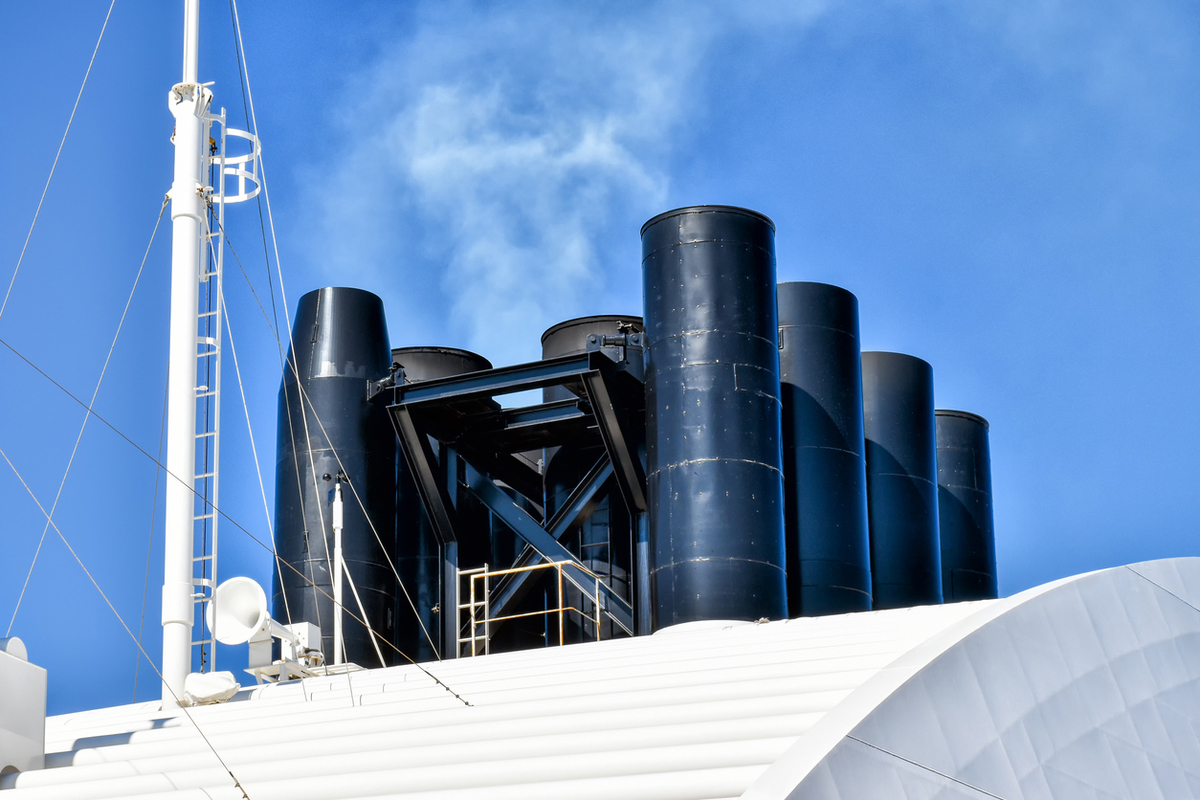Onboard carbon capture best suited for large tankers - Mærsk Mc-Kinney Møller Center
A new report argues that onboard carbon capture units are best suited for very large crude carriers (VLCCs) as these vessels face fewer cargo space constraints than smaller vessels.
 PHOTO: Exhaust gases flow from the funnel of a cruise ship. Getty Images
PHOTO: Exhaust gases flow from the funnel of a cruise ship. Getty Images
An onboard carbon capture system is made up of a liquid amine absorption capture unit, which captures carbon dioxide from vessel exhaust. The carbon dioxide is then liquified in a liquefaction unit, and stored in tanks onboard the vessel.
Installing carbon dioxide storage tanks can weaken a vessel’s speed potential and cargo carrying capacity, a report by the Mærsk Mc-Kinney Møller Center for Zero Carbon Shipping (the Center) says.
The report argues that bulk carriers and container vessels have their unique space constraint challenges, as do smaller vessels in general.
The technology shows more promise for newbuilds as retrofitting the systems can require major modifications and be costly, it adds.
The report analysed the impacts of full or partial carbon capture of exhaust on container, bulk and tanker vessels using conventional fuel, LNG and methanol as part of a newbuild or retrofit.
With an 82% capture rate, onboard carbon capture systems can effectively reduce carbon dioxide emissions by around 74% from VLSFO-fuelled vessels, 75% from methanol-fuelled vessels, and by 78% from LNG-fuelled vessels.
The technology will provide the highest emission reductions for LNG vessels due to their lower baseline emissions and lower additional energy requirements, it says.
The report suggests onboard carbon capture can help decarbonise shipping in the long term, but its applicability depends on further development, commercial viability and emission-related regulatory requirements.
By Shilpa Sharma
Please get in touch with comments or additional info to news@engine.online





